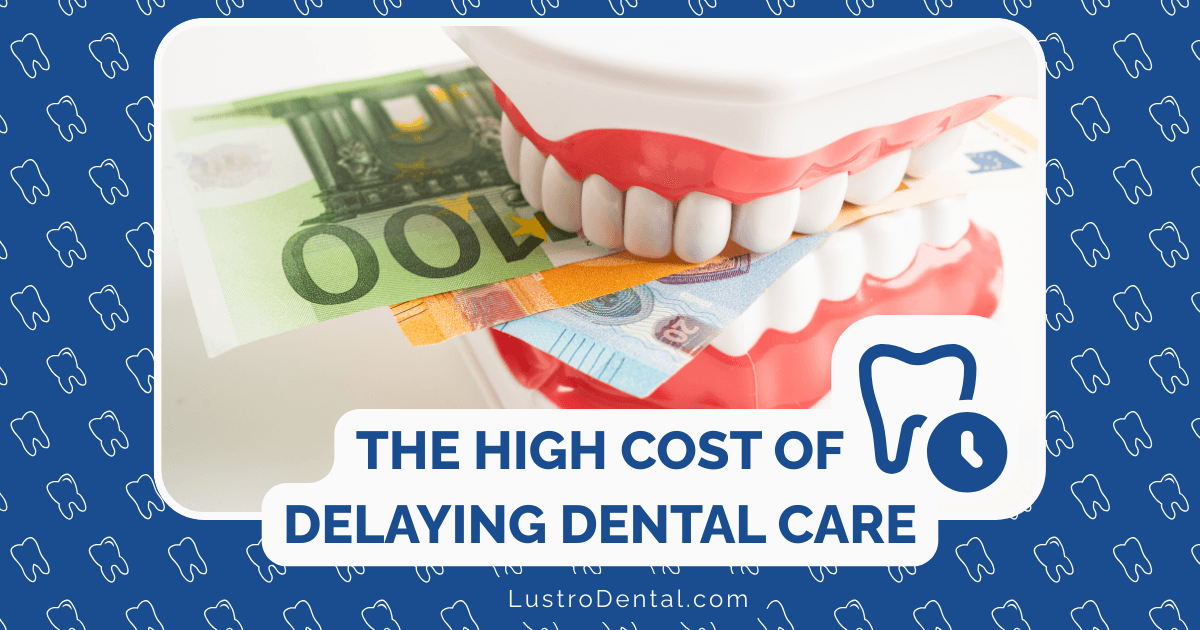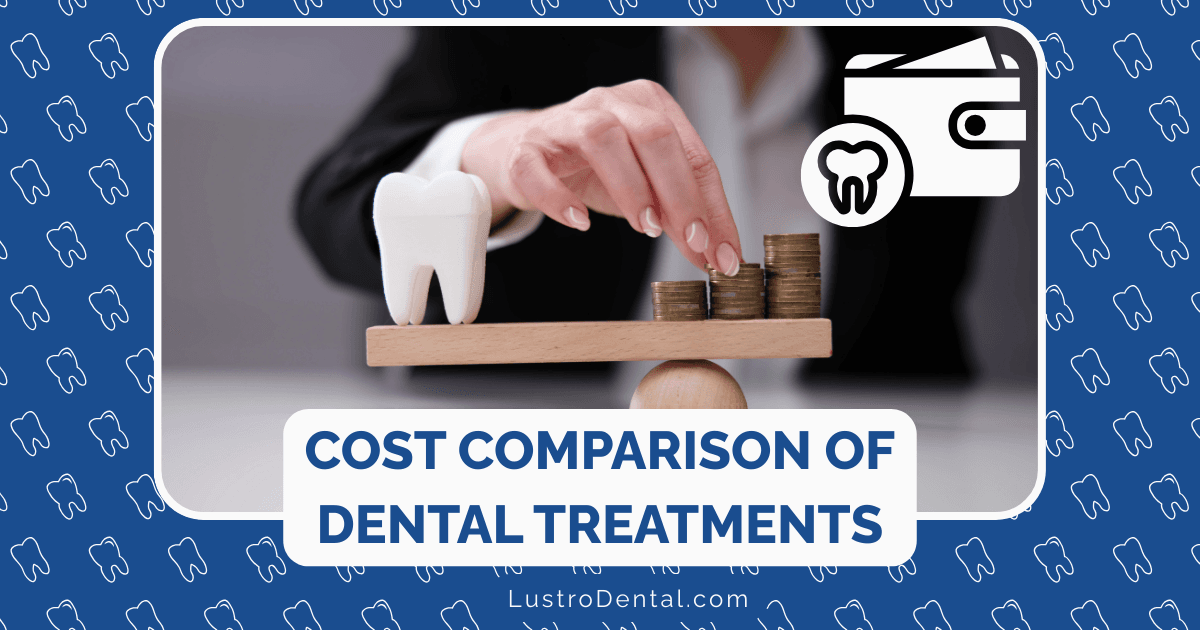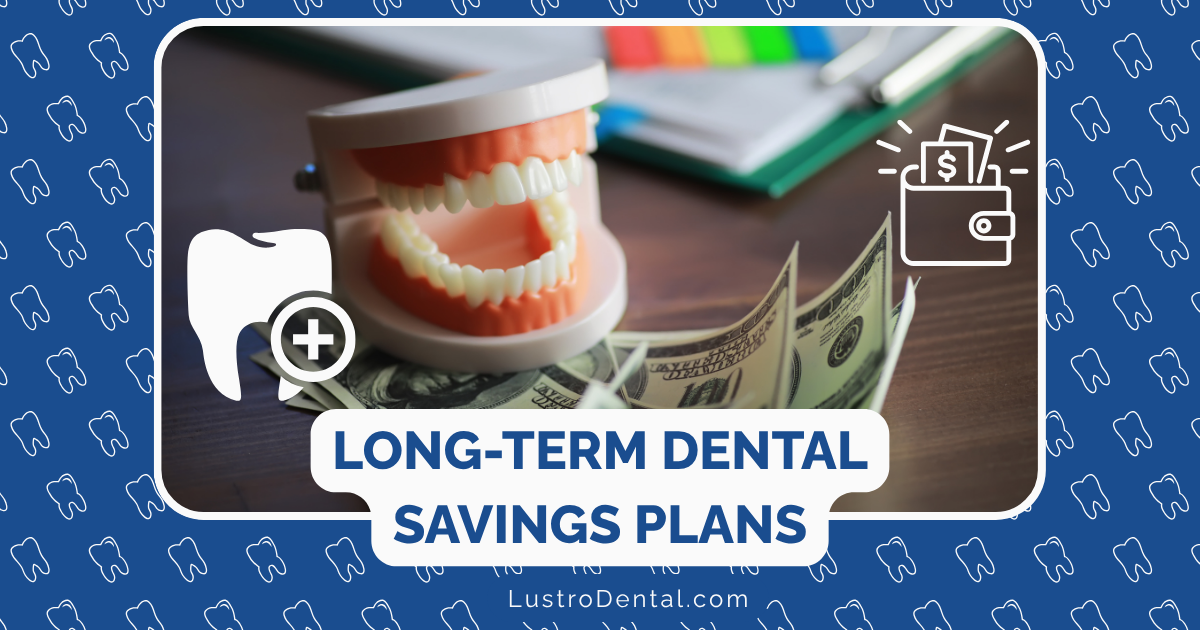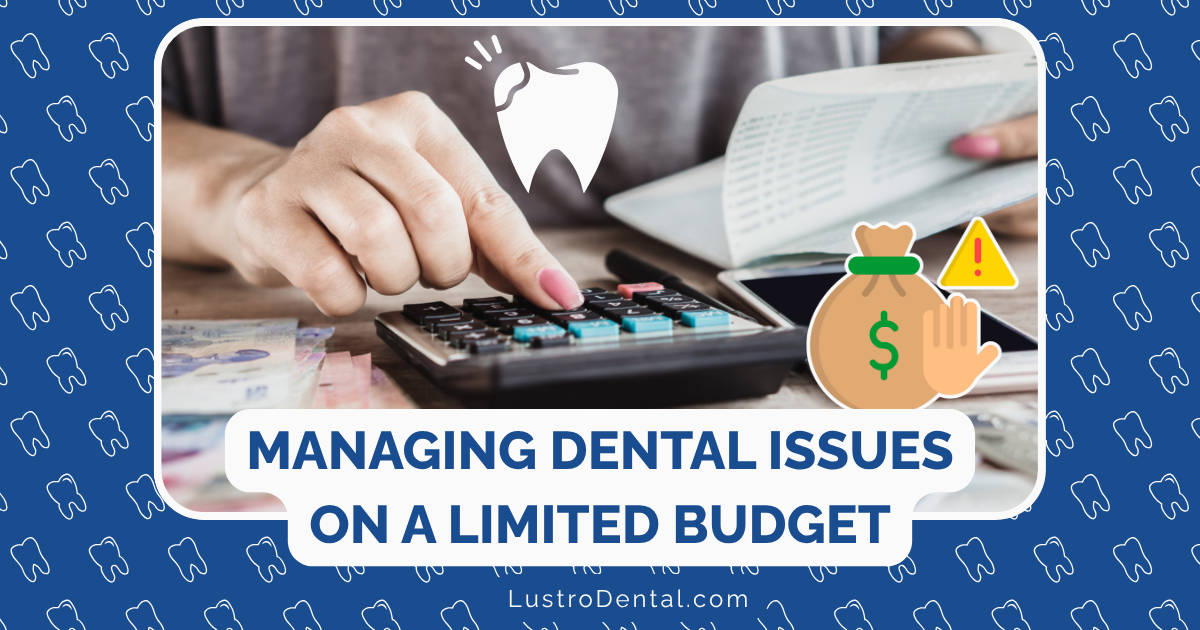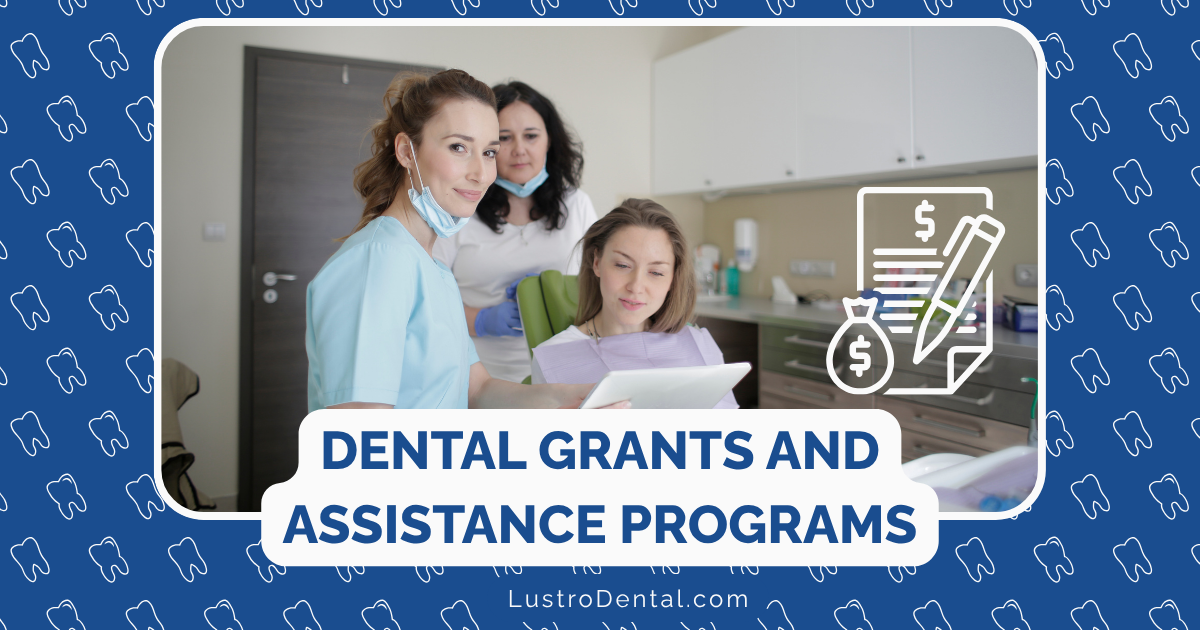Preventive Focus: How Spending a Little Now Saves Thousands Later
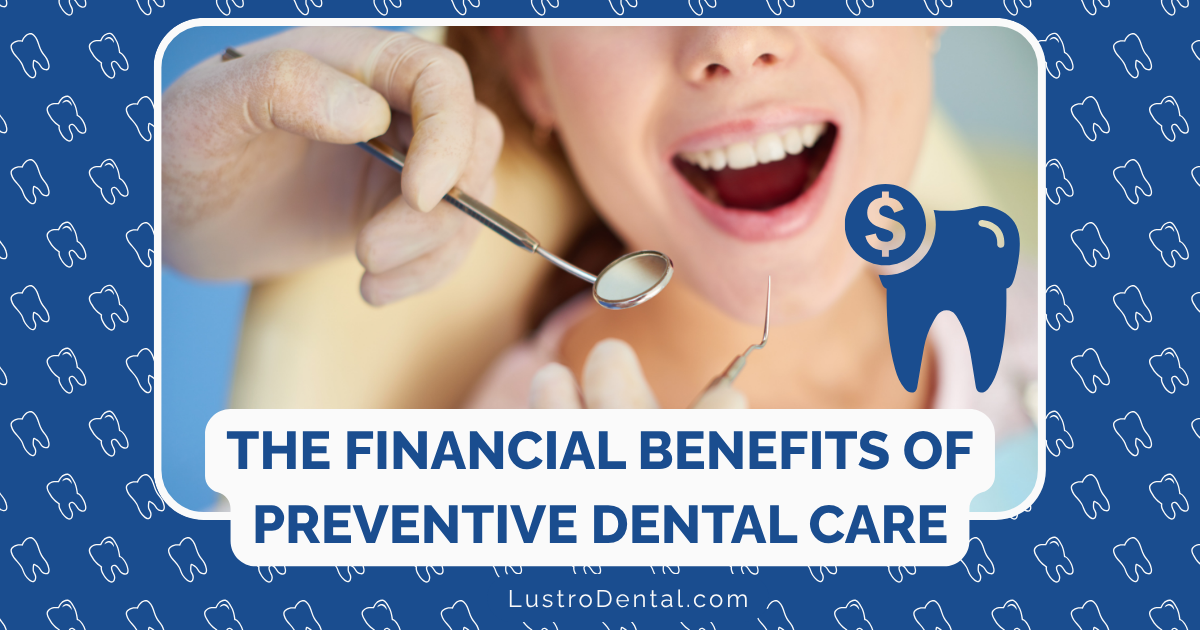
In a world where healthcare costs continue to rise, finding ways to save money while maintaining optimal health is more important than ever. When it comes to dental care, there’s a simple yet powerful strategy that accomplishes both: prevention.
The concept is straightforward—regular preventive dental care helps you avoid costly and painful treatments down the road. Yet despite this logic, many people skip routine dental visits, often citing cost concerns. This approach, while seemingly economical in the short term, typically leads to significantly higher expenses over time.
Let’s explore how investing in preventive dental care now can save you thousands of dollars later, backed by compelling research and real-world cost comparisons.
The Economics of Prevention: Understanding the Numbers
The financial case for preventive dental care is supported by impressive statistics:
- For every $1 spent on preventive dental care, patients save between $8 and $50 in restorative and emergency treatments, according to studies cited by UnitedHealthcare Dental.
- A comprehensive study by Delta Dental found that patients who received regular preventive care had 39% lower dental costs over a five-year period compared to those who skipped preventive visits.
- According to the Mayo Clinic, patients with chronic conditions like diabetes or heart disease who received preventive dental care saved an average of $549 to $866 annually on their overall healthcare costs.
These aren’t just abstract numbers—they represent real savings that can significantly impact your financial well-being over time.
The Cost Comparison: Prevention vs. Treatment
To understand the financial implications more concretely, let’s compare the costs of preventive care against common dental treatments:
Preventive Care Costs
| Preventive Service | Average Cost Without Insurance |
| Routine Cleaning & Exam | $125-$200 |
| Dental X-rays | $100-$200 |
| Fluoride Treatment | $20-$50 |
| Dental Sealants | $50-$60 per tooth |
Annual cost for two preventive visits: Approximately $350-$650
Treatment Costs When Prevention Is Neglected
| Treatment | Average Cost Without Insurance |
| Filling (composite) | $150-$250 per tooth |
| Root Canal | $770-$1,500 (varies by tooth) |
| Crown | $800-$2,500 per tooth |
| Extraction | $177-$363 per tooth |
| Dental Implant | $2,695-$5,800 per tooth |
| Full Dentures | $1,700-$3,600 per arch |
Looking at these figures, it’s clear that the cost of treating just one serious dental issue far exceeds years of preventive care. A single root canal and crown on a molar can cost upwards of $3,000—equivalent to nearly a decade of preventive dental visits.
The Progression of Dental Problems: A Cost Escalation Timeline
To illustrate how dental issues escalate both in severity and cost when preventive care is neglected, consider this common progression:
Stage 1: Early Cavity
- Preventive approach: Regular cleanings and fluoride treatments help prevent cavities from forming.
- Cost: $125-$200 for routine preventive visit
Stage 2: Small Cavity
- If detected early: Simple filling
- Cost: $150-$250
Stage 3: Deep Cavity
- If left untreated: Cavity reaches the nerve, requiring root canal therapy and a crown
- Cost: $1,500-$3,000
Stage 4: Severe Damage
- If further neglected: Tooth becomes non-restorable, requiring extraction and replacement
- Cost: $3,000-$6,000 for extraction and implant
This progression demonstrates how a $200 preventive visit could ultimately save you thousands by catching issues at Stage 1 or 2, rather than allowing them to progress to Stages 3 or 4.
Beyond Dental Costs: The Systemic Health Connection
The financial benefits of preventive dental care extend beyond just saving on dental treatments. Poor oral health has been linked to numerous systemic conditions, including:
- Heart disease
- Diabetes
- Respiratory infections
- Pregnancy complications
- Stroke
- Alzheimer’s disease
Research published in the Journal of the American Medical Association found that treating gum disease in patients with type 2 diabetes reduced their annual medical costs by an average of 40%. Similarly, a Mayo Clinic study revealed that preventive dental care was associated with significant healthcare cost savings:
- $549 annual savings for patients with diabetes
- $548 annual savings for patients with coronary artery disease
- $866 annual savings for patients with both conditions
These savings primarily came from reduced hospitalizations and emergency room visits, highlighting how oral health impacts overall health and healthcare costs.
Insurance Considerations: Maximizing Your Benefits
Most dental insurance plans are structured to encourage preventive care, typically covering:
- 100% of preventive services (cleanings, exams, x-rays)
- 80% of basic procedures (fillings)
- 50% of major procedures (crowns, bridges, root canals)
This tiered coverage structure reflects the insurance industry’s recognition that prevention is the most cost-effective approach to dental care. By fully utilizing your preventive benefits, you’re not only maintaining your oral health but also maximizing the value of your insurance premiums.
Even for those without dental insurance, investing in preventive care remains financially prudent. Many dental offices offer in-house membership plans that provide discounted preventive services and reduced fees for treatments, often at a lower annual cost than traditional insurance premiums.
Real-World Scenarios: The Financial Impact of Prevention
To illustrate the financial implications of preventive versus reactive approaches to dental care, consider these scenarios:
Scenario 1: The Preventive Approach
Sarah visits her dentist twice yearly for cleanings and exams. Over five years, she spends approximately $2,000 on preventive care. During one visit, her dentist identifies an early cavity, which is treated with a simple filling for $200. Her total five-year dental cost: $2,200.
Scenario 2: The Reactive Approach
Michael avoids the dentist for five years, saving the $2,000 that Sarah spent on preventive visits. When a painful toothache finally forces him to seek care, he requires:
- Root canal therapy: $1,200
- Crown: $1,500
- Treatment for gum disease that developed during his dental absence: $1,800
- Additional fillings for cavities that formed: $800
His total five-year dental cost: $5,300—more than double Sarah’s expenses, not to mention the pain, time off work, and complications he experienced.
Prevention Strategies: Maximizing Your Investment
To get the most value from your preventive dental care investment:
1. Maintain a Consistent Schedule
Adhere to the recommended twice-yearly cleaning and examination schedule. For those with certain risk factors (smoking, diabetes, history of gum disease), more frequent visits may be advised.
2. Practice Thorough Home Care
Supplement professional preventive care with excellent home care:
- Brush twice daily with fluoride toothpaste
- Floss daily
- Use an antimicrobial mouthwash
- Consider investing in an electric toothbrush, which studies show can reduce plaque by up to 21% more than manual brushing
3. Address Small Issues Promptly
When your dentist identifies minor issues, address them promptly before they escalate into more serious and expensive problems.
4. Consider Preventive Treatments
Discuss with your dentist whether preventive treatments like sealants or fluoride applications are appropriate for your situation. These relatively inexpensive interventions can significantly reduce your risk of developing costly dental problems.
5. Leverage Technology
Many dental offices now offer technologies that can detect cavities at earlier stages than ever before. These include:
- Digital X-rays
- Laser cavity detection
- Intraoral cameras
While these technologies might add a small cost to your preventive visit, they can help identify issues when they’re less expensive to treat.
Special Considerations for Different Life Stages
The financial benefits of preventive dental care apply throughout life, but with different emphases at various stages:
Children and Adolescents
Preventive focus: Sealants, fluoride treatments, and monitoring orthodontic development.
Cost benefit: Sealants cost about $50-$60 per tooth but reduce cavity risk by up to 80% in molars. Considering that treating a cavity costs $150-$250, sealants offer significant savings, especially for cavity-prone children.
Adults
Preventive focus: Monitoring for gum disease, addressing grinding/clenching, and maintaining restorations.
Cost benefit: Treating early-stage gum disease costs approximately $200-$300, while advanced periodontitis can require treatment exceeding $2,000, not including the potential cost of tooth replacement if teeth are lost.
Seniors
Preventive focus: Dry mouth management, root cavity prevention, and maintaining existing dental work.
Cost benefit: Addressing dry mouth and preventing root cavities costs a fraction of the extensive restorative work often needed when these issues are neglected. A tube of prescription-strength fluoride toothpaste costs about $20 but can prevent root cavities that would cost $200+ each to fill.
The Hidden Costs of Neglecting Dental Care
Beyond the direct treatment costs, neglecting preventive dental care can lead to significant indirect expenses:
1. Lost Work Time
Dental emergencies often result in unplanned time off work. According to the American Dental Association, more than 164 million work hours are lost annually due to dental problems.
2. Reduced Productivity
Even when people work through dental pain, their productivity suffers. This “presenteeism” costs an estimated $45 billion in lost productivity annually in the U.S.
3. Impact on Overall Health
Poor oral health can exacerbate chronic conditions like diabetes and heart disease, leading to increased medical expenses beyond dental costs.
4. Quality of Life Costs
While harder to quantify financially, the impact of dental problems on quality of life—including pain, embarrassment about appearance, and dietary limitations—represents a significant cost of neglecting preventive care.
Overcoming Barriers to Preventive Care
Despite the clear financial benefits, barriers to preventive dental care persist. Here’s how to address common obstacles:
Financial Concerns
- Solution: Look into dental schools, community health centers, or dental membership plans for reduced-cost preventive care.
- Perspective: Remember that spending $200 on prevention now can save $2,000 in treatment later.
Dental Anxiety
- Solution: Discuss your fears with your dentist, who can offer anxiety-reducing options like nitrous oxide or sedation.
- Perspective: Modern preventive care is typically painless and quick—unlike the extensive treatments that may become necessary if prevention is neglected.
Time Constraints
- Solution: Many dental offices offer extended hours, and preventive visits typically take less than an hour.
- Perspective: The time invested in prevention is minimal compared to the multiple appointments required for major dental work.
Conclusion: The Wisest Investment in Your Oral Health
The evidence is clear: preventive dental care represents one of the wisest health investments you can make. By spending a relatively small amount on regular preventive visits, you can avoid the significant financial burden of major dental treatments, reduce your overall healthcare costs, and maintain better quality of life.
As the old saying goes, “An ounce of prevention is worth a pound of cure.” In dental care, that ounce of prevention might be worth thousands of dollars in avoided treatments—making preventive dental care not just good health sense, but good financial sense as well.
The next time you’re tempted to skip a dental check-up to save money, remember: true savings comes from prevention, not neglect. Your future self—and your wallet—will thank you.
Have you experienced the financial benefits of preventive dental care? Or have you faced unexpected dental expenses after postponing routine care? Share your experiences in the comments below.


